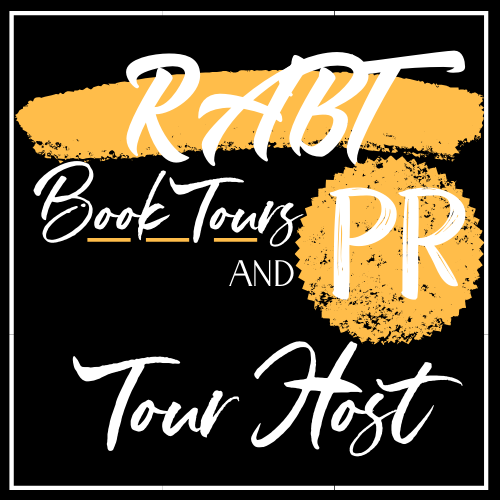Good morning, squiders! Today I’ve got a promo for you. Take a look and see if it sounds interesting!
Horror / Suspense / Thriller
Date Published: July 14, 2022
Leigh Ramos is a woman on the run from her own life. After barely escaping from a toxic relationship with a drug dealer, emotionally codependent Leigh decides to start her life over somewhere far from the hills of Kentucky. She feels inexplicably drawn to Hawaii, where she manages to land a job in an exclusive resort. At first, it almost seems too good to be true, and of course, it is.
Supernatural horrors start manifesting all around Leigh and her new co-workers, and soon she starts having disturbing nightmares of impossible creatures calling out to her. To make matters worse, Leigh’s violent ex-boyfriend is close on her tail, leaving a trail of bodies in his wake. Now trapped in the midst of all these dangers, Leigh can’t help but fall back on old habits. She finds comfort in the arms of her new boss, an upbeat hospitality manager who seems almost too perfect.
In order to survive paradise, Leigh will need to learn from her past mistakes or she will be doomed to repeat them.
About the Author
Jon Cohn has been giving himself nightmares reading horror books ever since he was a small child, and he revels in the opportunity to do the same to others. When he is not busy writing spooky stories, Jon is a professional board game designer and publisher. He specializes in games that– you guessed it– focus on horror, and hopefully a few laughs. He lives in San Diego, CA with his wife and two little monsters, Luna and Gizmo.
Contact Links
Here’s some quotes from the book too!
- “There’s some catharsis in just going through the motions—loading up everything I own into one bag and pretending like that’s all it takes to leave. Most times, it’s enough to soothe the itch for a while, like a cortisone cream for the soul.”
- “First of all, this is not a hotel. This is an exclusive resort for members and their guests only. Anyone you see on this property not wearing an orange shirt is not just rich—they’re obscenely rich.”
- “I move a little closer to get a better look at the dead whale. The entire flank of the behemoth has been eaten away. Its guts splay out across the beach, presented like a buffet for maggots.”
- “I reach back into my bag, fumbling around for anything I can use as a weapon. My fingers find purchase on the paper-wrapped base of a snow globe, and a white-hot surge of energy pours into me. I hold my family memory tightly as I smash it into Ricky’s temple.”
- “I squint at its features and vaguely recognize its face, even though it’s distorted and deformed beyond human proportions. Its jaw opens, revealing an overstuffed mouth lined with long, thin teeth, curving like the ribs of the dead whale. Without moving its lips, it whispers a message. ‘It’s you.’”
- “I can’t help it, but the more anxious I get about my choices, the more desperately I want to lie back and curl into Kai’s warm body. Jesus, I can’t even panic about my codependency issues without being codependent.”
- “Ohana means family. Family means fishing a dead rat out of a pool to keep things running smoothly for everyone else.”
Thanks, squiders! I’ll see you Thursday when I have a cover reveal for you guys!

